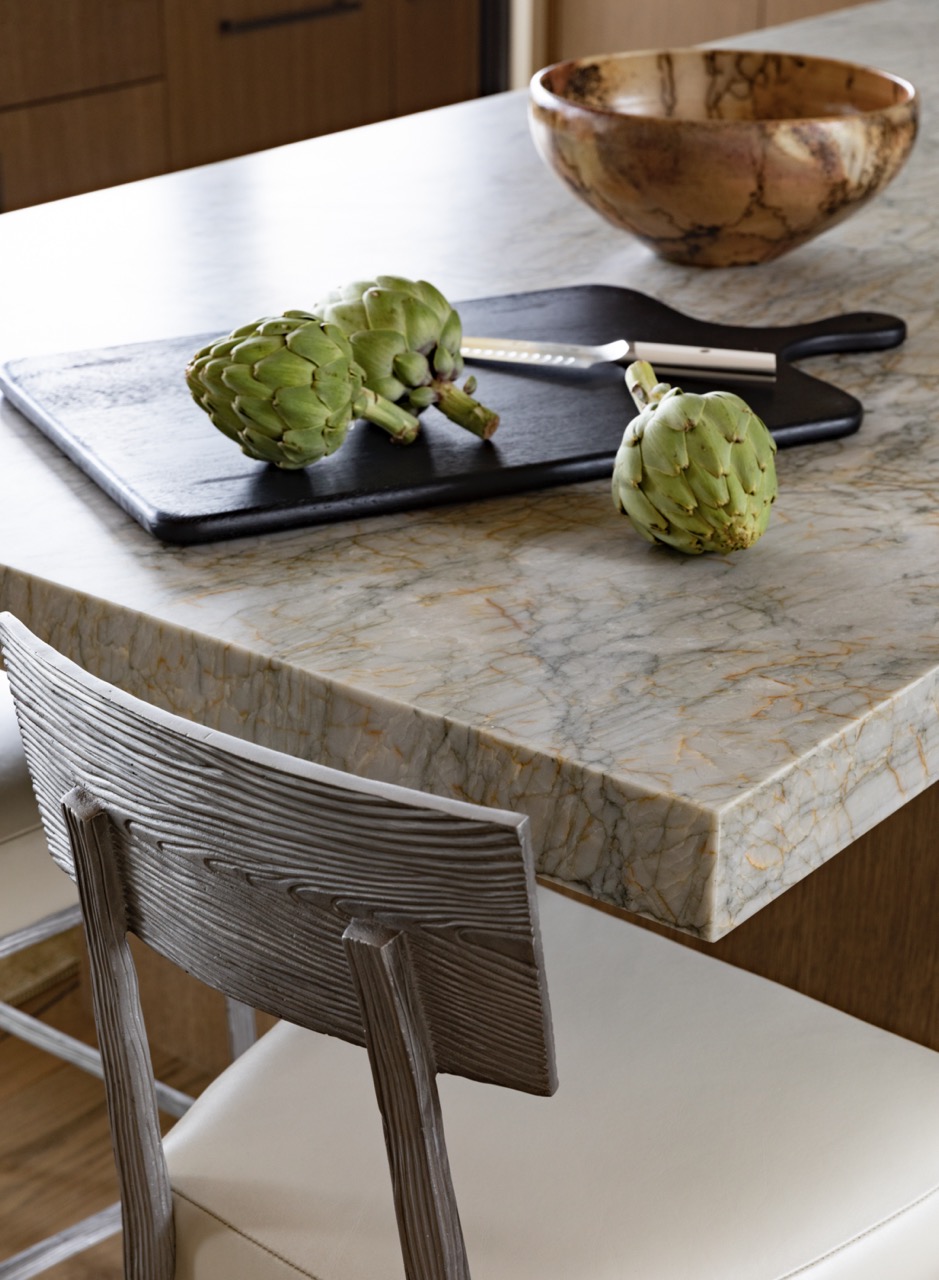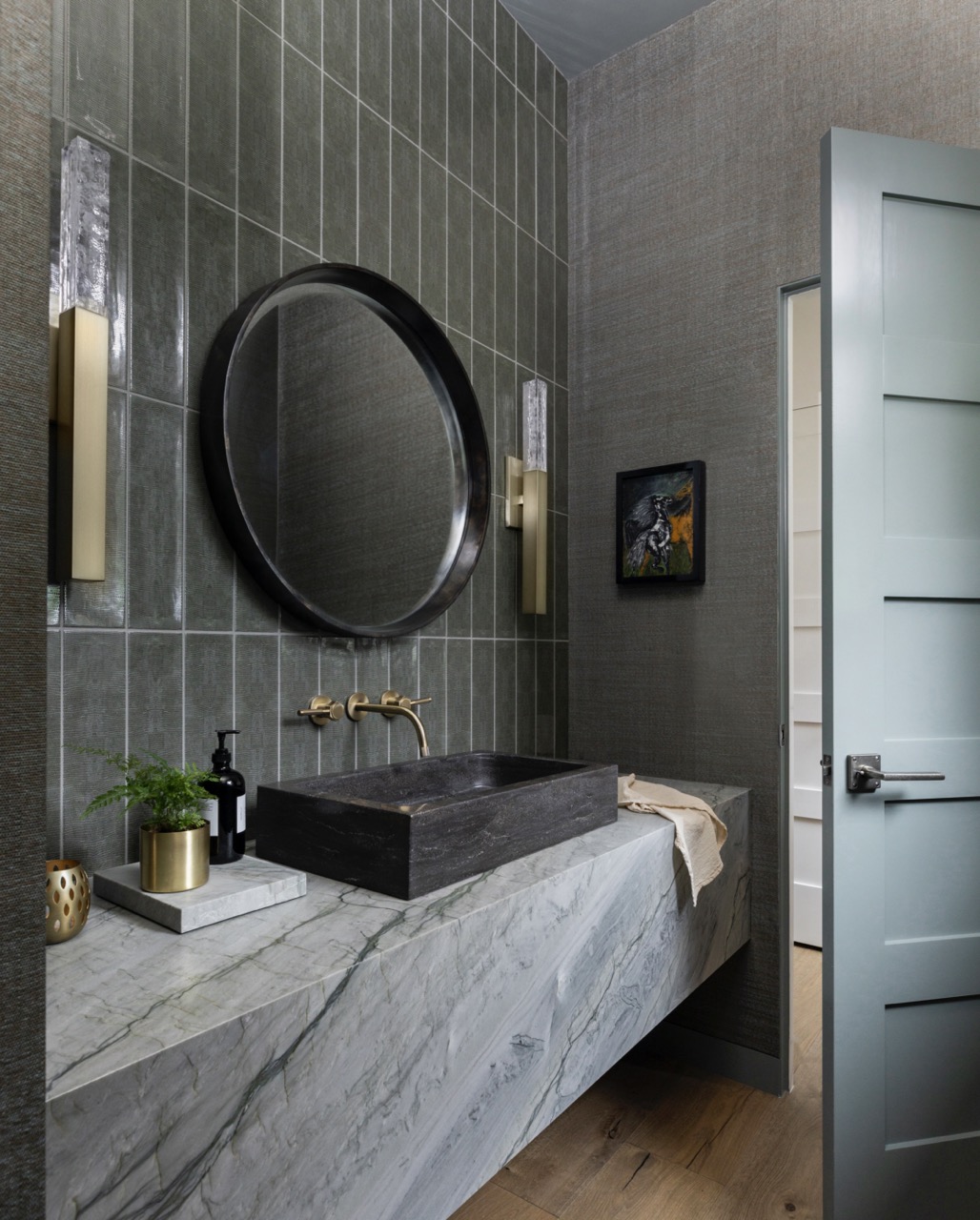Buying new countertops?
Here is your guide to demystifying all of the choices.

1. Know your stone
I’m not a geologist, so I’m keeping this simple…
Limestone – Neutral, soft palette that works with a variety of styles. Very easily scratched and etched. Works great in decorative applications (fireplace for example), as flooring, or as outdoor cladding. It will get noticeably dirty but can successfully be cleaned
Marble – Luxurious look with veining like no other stone, lots of choice in color and movement. Easily etched, even by water.
Dolomite – It has a look somewhere between marble and granite. It varies a lot. It is considered harder (more durable) than marble but not as hard as Quartzite.
Quartzite – Far more dense than marble or dolomite. It has been very popular in recent years because some varieties have a marble-like veining. It is pricier than the softer materials but under normal circumstances it won’t etch or stain. Do not mistake quartz for quartzite. Quartzite is a natural material while quartz is manmade. So that is for another blog post!
Granite – Hardest of the materials, and is therefore much more resistant to damage. It is generally not as pretty as the other stones as the pattern tends to be more spotty without the pretty longer veins.
Onyx – A type of marble that is far more translucent and exotic looking. It is very soft and easily stained, etched, or scratched. I would not recommend Onyx for countertops, but it can make a beautiful feature wall when back lit.

2. So many choices!
Looks aren’t everything – at least when it comes to stone. There are three important considerations when selecting your forever rock:
USAGE: The most vital thing to think about is usage, so be brutally honest with yourself on this one!
Is it going in a kid’s bath? Do you make margaritas on the kitchen counter? If so, go directly to quartzite or granite. Is this for a countertop in your closet or a fireplace surround–you can choose a marble or limestone without regrets. Choose wisely so that you don’t have to sweat your choice later.
LOOKS: Sure, you have to love it, and you are going to look at it every day – so will you still want to wake up next to that highly figured bathroom countertop in a few years, or is a quieter choice better?
White marble has been white hot for years now, and it isn’t going anywhere. But busier colors and patterns are on trend, and they are a little more forgiving when it comes to staining. I love a unique color or strong veining in a bar or powder room for drama.
QUALITY: When we go to a stone yard to pick out material for a client we look very carefully at each slab to determine the quality. You should be looking for cracks and fissures that could signal trouble.
Some slabs might be pretty, but have one or two undesirable marks. Can those be eliminated when you cut out the hole for the sink? If not, will that mark remind you every day that you should have reselected?
Keep your eye out for any filler added to the stone to cover imperfections. And check the corners of the slab–are there chunks missing? You want to know what you are getting.

3. Finish it
Polished slabs are the shiniest option. They will also show etching and scratches more readily than other finishes. I usually only specify polished when the slab is intended as a more decorative element in a room – say a feature wall behind a bar.
Honed slabs have a more matte finish. It is softer looking and a little more luxe, too. The coloring in the slab will be quieter because honing tends to knock a little of the intensity of the color down.
Leathered slabs have a beautiful texture in addition to a matte finish. This makes for a really stunning countertop material and the feel under your hand is exceptional.
Brushed slabs are a little more rustic looking and have a rougher texture. These tend to hold up well and depending on material, and can hold up well outdoors.
Nerdy tidbit – The way slabs are honed, leathered, and brushed are different levels of the same process. Stone fabricators run steel wool brushes over the slab to remove the softer sediment. The more brushing the slab gets, the more textured the finish!

4. In the thick of things
Slabs typically come in two thicknesses: 2 cm (approximately ¾”) and 3 cm (approximately 1 ¼”)
2 cm has been an industry standard for a long time, but when thicker stone became more readily available, 2 cm started to feel a little dated and it dropped in popularity.
Right now, I’m seeing a resurgence of 2 cm material in more modern homes because it has a really great, crisp look to it.
Now you might be thinking that you have seen stone that is thicker than 3cm. More often than not what you are seeing is the edge detail of the slab.
Slabs can be mitered at the edges to create pretty much any thickness you could want. Just ensure that you have a fabricator that knows what they are doing!

The edge can also create a cool design detail. I love a good bullnose these days. It feels right out of the 80’s and it is having a moment. I suspect we will start seeing a lot more layered edge details soon–ogees and double ogees. But then that would mean the early 2000’s were back in style…along with faux painting and big hair. Yikes!
Look for our next newsletter for more information on how to clean and care for your stone.


